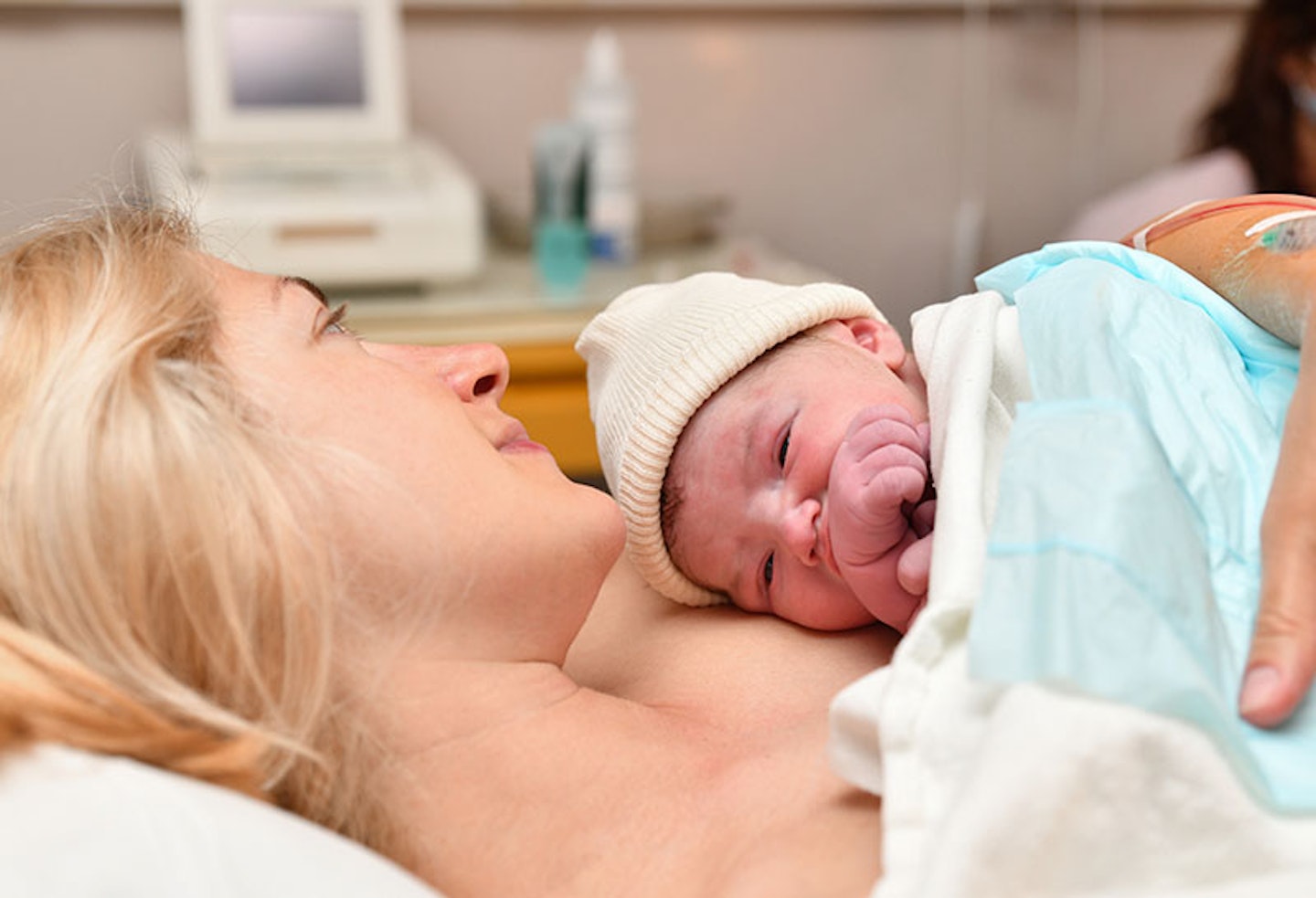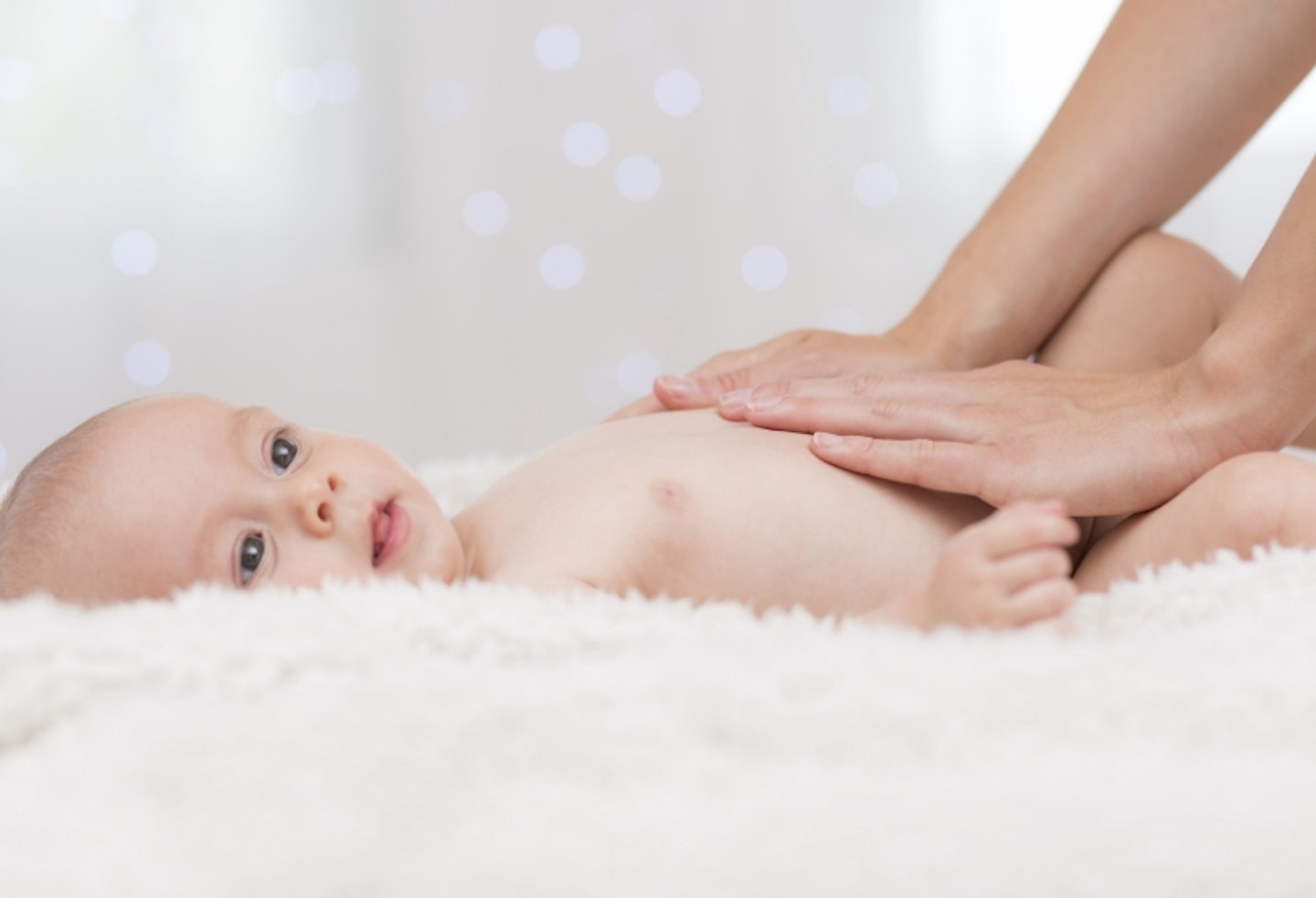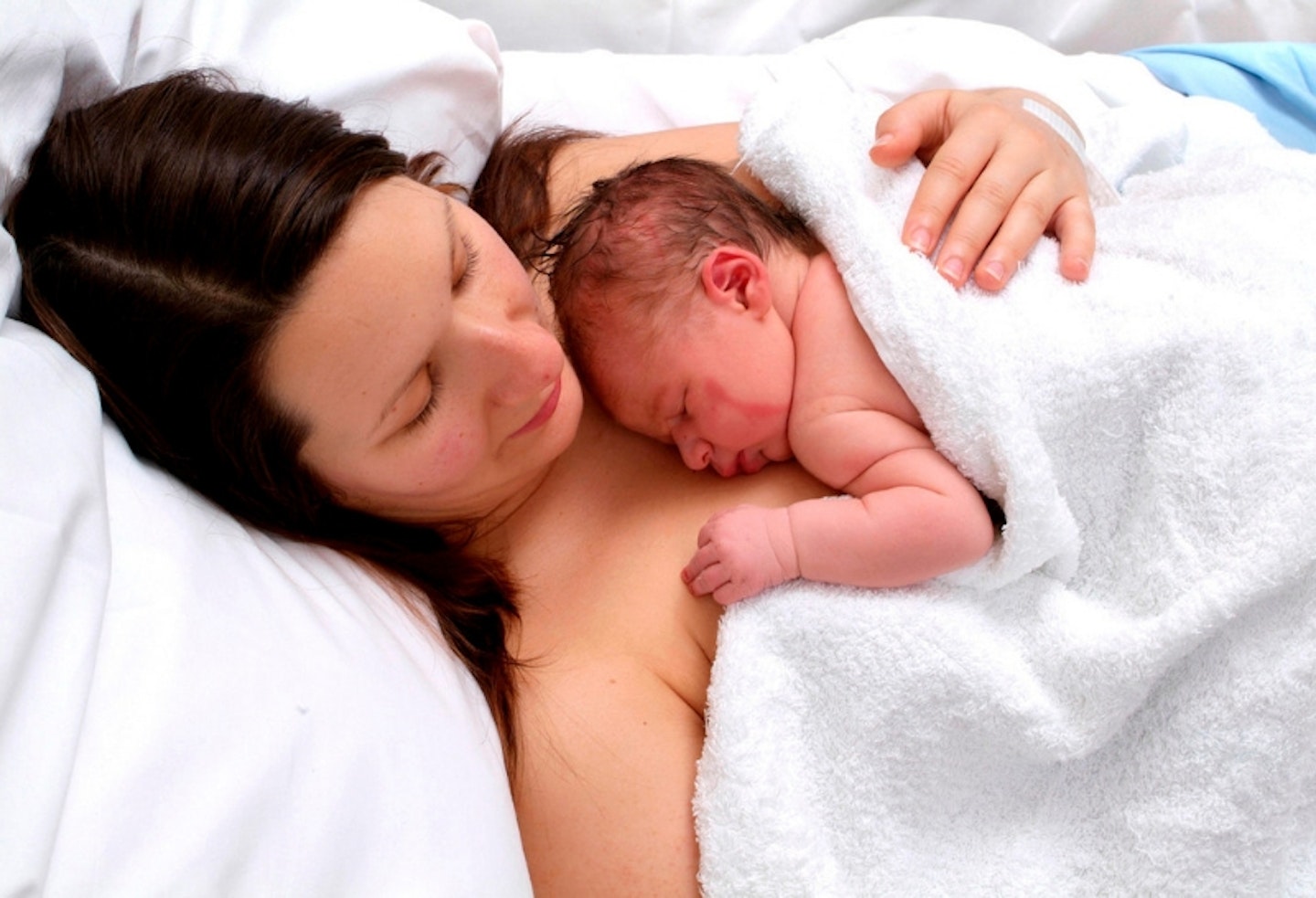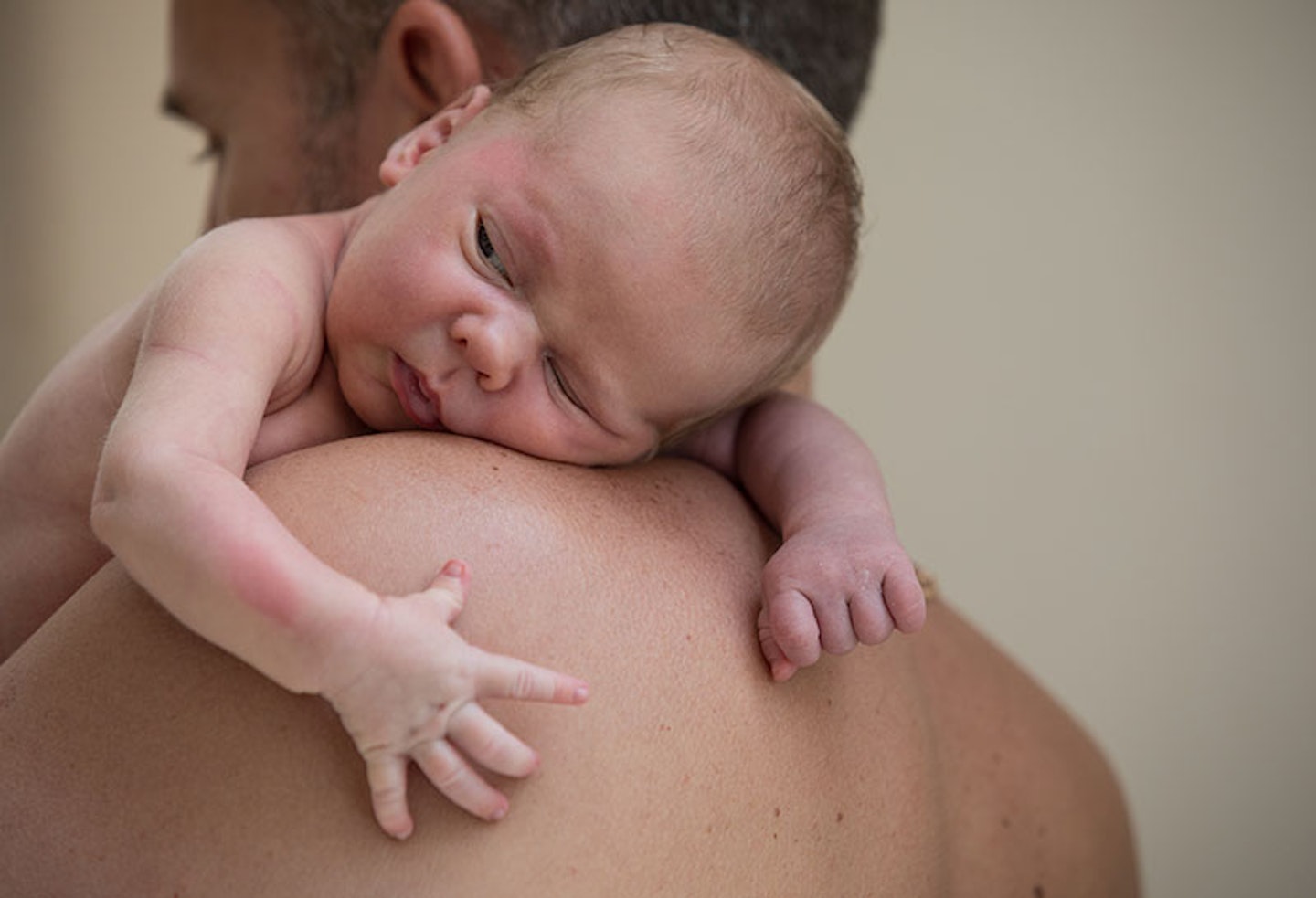After carrying your baby for 9 months, you'll already have done a lot of bonding, whether that's through feeling the first kicks, chatting to them throughout the day, or just giving your belly an occasional rub. But whether you've fully bonded with your bump before birth or not, the first moments of skin to skin contact after birth can have huge benefits for you and your baby.
Pregnancy can be a whirlwind of emotions, hormones and sometimes stress. Some women assume that when they give birth, the body and mind will work their magic and you will feel that immediate connection to your little one. However, for some women bonding can be difficult, whether that's because they're recovering from a difficult birth, struggling with postnatal depression or simply finding the transition to motherhood challenging.
Even if everything runs smoothly, bonding is a vital part of a parent-child relationship that benefits from constant strengthening. Luckily, there are many ways to bond with your baby from the moment they're born. In fact, from the moment they're placed on your chest, you're starting that bonding process through skin to skin, or Kangaroo care.
What is Kangaroo care?
Skin-to-skin contact is also known as Kangaroo care and it's a method recommended by both the NHS and NCT for its bonding benefits. After birth, the baby is placed directly on the mother's chest. If the room is not very warm you can then lie a blanket over the top of them.
According to the NCT, the benefits of skin to skin for baby include helping them to maintain a steady body temperature after birth and being calmed by the sound of a familiar heartbeat. If you are breastfeeding, skin-to-skin will also encourage the baby to 'root' around to find the breast on their own. The NHS notes that skin to skin contact can also boost your milk supply, release the hormone oxytocin – your body's natural feel-good chemical and build your baby's immunity to infections.
Skin-to-skin is most beneficial in the early days and weeks, but most babies and mums love this type of close contact and benefit from it months after. If you'd like to have skin to skin straight after birth it's a good idea to pop it on your birth plan so the midwives are aware. There's no limit to how often you should you do skin to skin with baby, provided they're warm enough. You can also do skin to skin for as long as you want, and the midwives from My Expert Midwife suggest doing it for at least an hour. A baby carrier can be a good way of maintaining this contact while you're doing jobs around the house.
The benefits of skin to skin for premature babies
Skin to skin can be even more beneficial for premature babies. In fact, an article by Anglia Ruskin University notes that one study found that premature babies who received at least one hour of kangaroo care for two weeks had better mother-child interactions, sleep and brain development when they were ten years old. The WHO also recommends skin to skin contact for premature babies.
While it may not always be possible to have skin to skin contact with a premature baby, UNICEF recommends that "mothers and babies who are unable to have skin contact immediately after birth are encouraged to commence skin contact as soon as they are able, whenever or wherever that may be."
The power of touch
Anglia Ruskin notes that "the power of touch begins long before a baby is even born. Touch is the first sense to develop. Just eight weeks after conception, a foetus already responds to the sensation of touch in the womb – and it is crucial for people of any age." It also cites research that shows that "touch intervention – such as skin-to-skin contact and baby massage – was associated with better newborn health, including better regulation of temperature, breathing and heart rate."
So if you needed an excuse to give your new baby a hug, this is it!
The benefits of skin-to-skin contact:
 1 of 6
1 of 61) You’ll work out what they want
‘Holding your baby’s bare chest to your own after birth and in the first months helps you tune into their needs,’ says Francesca Entwistle, advisor for UNICEF’s Baby Friendly Initiative.
 2 of 6
2 of 62) It encourages your baby’s brain to develop
New research shows it also encourages your baby’s brain to develop. It is hard to know what is going on in your newborn's brain but the way your baby bonds with you influences the way their brain organises itself. Skin-to-skin can also help boost their emotional and social development.
 3 of 6
3 of 63) It keeps them calm
‘Skin-to-skin promotes oxytocin, the love hormone,’ says Francesca. It also reduces levels of the stress hormone cortisol. ‘Birth is a stressful process for your baby. Skin contact helps regulate their heart rate and temperature,’ says paediatrician Dr Flaudia Petrone.
 4 of 6
4 of 64) It keeps their energy levels stable
One recent study showed that blood glucose levels in newborns who had immediate skin-to-skin were at healthier levels than in those who didn’t. After your baby is born, levels can dip if they aren't feeding well or are stressed.
 5 of 6
5 of 65) It boosts your baby’s immune system
Newborn babies are very prone to bugs and colds. ‘The womb is a sterile environment,’ says Dr Flaudia. ‘The bacteria on your skin colonises the baby and acts as an extra form of protection.’ Skin-to-skin is a controlled way for your baby to get used to the kind of bacteria and germs that they will soon be coming into contact with.
 6 of 6
6 of 66) It helps dads bond
Sometimes Dad's can feel a bit left out during pregnancy and after the birth so skin-to-skin with the father is a great way of making him feel more included and helping him to bond with baby too. If you’ve had a c-section and find holding your baby uncomfortable, it's good to know you can hand them over to keep the love hormones flowing.
About the author
Rebecca Lancaster is a Digital Writer for Mother&Baby, drawing on ten years of parenting her two children to help others navigating their own parenting journey. As a freelance writer, she spent ten years working with leading lifestyle brands, from travel companies to food and drink start-ups, and writing everything from hotel reviews to guides to the best British cheeses. She’s particularly interested in travel and introducing her children to the excitement of visiting new places, trying different foods (less successfully) and experiencing different cultures.
